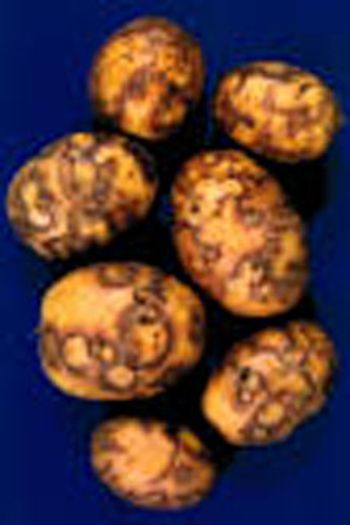Plant Virus Resistance
Challenge
Viruses cause a variety of diseases in plants. More than 600 different plant viruses are known. The losses caused by viral diseases are estimated with 2 billion US$ a year, for potato alone 30 million US$. The spread of viral diseases, often transmitted by insects (like aphids), is very difficult to control. Insecticides can be applied to control populations of aphids, but often have little impact on the spread of the disease. Therefore virus resistant plant varieties are needed to prevent damages, but are not always available. Different approaches have been developed to create suitable crop plants, such as induction of cross protection after infection with a weakened virus or expression of viral coat proteins to induce an immune reaction of the plant. But all these approaches have crucial drawbacks like limited protection range, only transient protection and expression of viral proteins within the crop plant, which could cause problems with public acceptance.
Technology
The technology relates to the production of virus resistant plants by modulation of the gene expression and binding behaviour of vegetable DnaJ-like proteins. Gene expression is prevented by silencing the DnaJ-like proteins, whereas the interaction of viral components with vegetable DnaJ-like proteins is substantially prevented by expression of dominant-negative mutants of these specific chaperones. The obtained virus resistance is stable and protects the plants against a broad range of viruses.
Commercial Opportunity
Virus infections are the reason for significant losses in agriculture. Especially the Potyvirus-group with potato virus Y as type member can cause serious damage to potato production, reducing yields from 10-80%. The offered technology provides an effective tool to prevent these losses.
Advantages are:
- High stability of virus resistance
- Broad range of protection
- No viral protein expression within the plant
- Applicable for mono- and dicotyledones
Patent Situation
International application filed June 2003 (WO 2004/009821). National and regional applications pending in USA, Canada and Europe.





